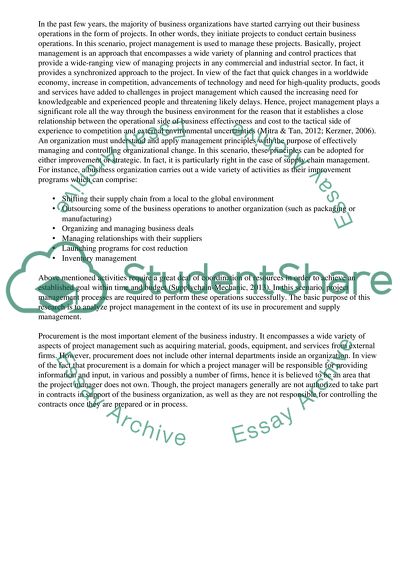Cite this document
(“Project Management and How it Relates to Purchasing and Supply Research Paper”, n.d.)
Retrieved from https://studentshare.org/management/1404261-project-management-and-how-it-relates-to-purchasing-and-supply-management
Retrieved from https://studentshare.org/management/1404261-project-management-and-how-it-relates-to-purchasing-and-supply-management
(Project Management and How It Relates to Purchasing and Supply Research Paper)
https://studentshare.org/management/1404261-project-management-and-how-it-relates-to-purchasing-and-supply-management.
https://studentshare.org/management/1404261-project-management-and-how-it-relates-to-purchasing-and-supply-management.
“Project Management and How It Relates to Purchasing and Supply Research Paper”, n.d. https://studentshare.org/management/1404261-project-management-and-how-it-relates-to-purchasing-and-supply-management.


